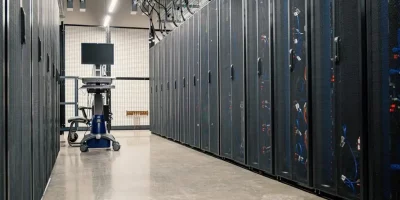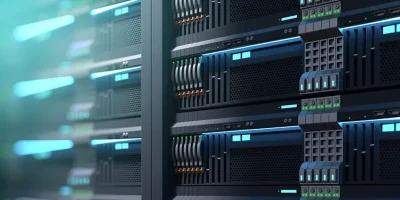Modern business operations rely on data centres, the technological heart of corporate activities. The data centre provides essential IT infrastructure for delivering resources and services to business clients worldwide.
A small or mid-size organization may typically put up a functional “data centre” in the confines of a closet or other convenient location with minor adjustments. However, the size and complexity of enterprise computing necessitate a large dedicated area that is carefully planned to meet the space, power, cooling, management, dependability, and security demands of a data centre infrastructure management.
Because of this, a data centre facility is the company’s most essential and costly investment, both financially and operationally. To ensure that the completed data centre meets business demands throughout the facility’s lifespan and changing market conditions, IT and business executives must be attentive to the challenges involved in data centre design and construction.
What are the main components of a data centre?
The building and the IT infrastructure that resides within it are the two critical components of every data centre. These elements operate in tandem, but they may be considered individually.
Facility.
The data centre is a building in which servers are housed. In the most basic terms, a data centre is simply an open area where infrastructure will be installed. However, even though any location can operate some amount of IT infrastructure, a well-crafted facility considers the following factors:
- Space. There must be enough floor space available to keep all of the IT equipment the firm plans to install now and in the future. The site must be carefully selected with low taxes and easy access. The area is often divided to meet the demands of many users or different purposes or types.
- Power. There must be enough power available to run all of the IT equipment. Management must be cost-effective, environmentally friendly, and dependable. Your report must account for renewable and supplemental/auxiliary power.
- Cooling. A data centre’s enormous power is transformed into computing – i.e., work – and a lot of heat, which must be removed using conventional HVAC systems and other non-traditional cooling procedures.
- Security. Given the data centre’s worth to the organization and its vital role in running it, it must employ various methods for controlled entry, ranging from employee badge access to video surveillance.
- Management. Modern data centres often have a building management system (BMS) that allows IT and business executives to monitor the data centre environment in real-time, including temperature, humidity, power and cooling levels, and access and security recording.
Infrastructure.
The infrastructure comprises all of the IT equipment in use at the company. This is the gear that runs apps and provides services to both the business and its customers. The following components are generally included in an IT infrastructure:
- Servers. These computers host enterprise applications and perform computing tasks.
- Storage. Modern storage systems are more sophisticated than those used in the past. Subsystems, such as disk arrays store and protect application and company data.
- Networking. Switches, routers, firewalls, and other cybersecurity components are all required to create a business network.
- Cables and racks. The facility contains miles of lines interconnecting IT equipment, and physical server racks are used to group servers and other hardware inside the space.
- Backup power. This can be significant in a disaster when the primary power outage exposes buried networks, generators, and other critical infrastructure capabilities. Fluid storage tanks (even if not used)
- Management platforms. To oversee and manage the IT infrastructure reporting on system health, availability, capacity, and configuration, a data centre infrastructure management (DCIM) platform is required.
When a company decides to build and manage a data centre, it first considers the facility’s design and construction. However, to accept the project, IT executives must also consider the infrastructure that will be required.






